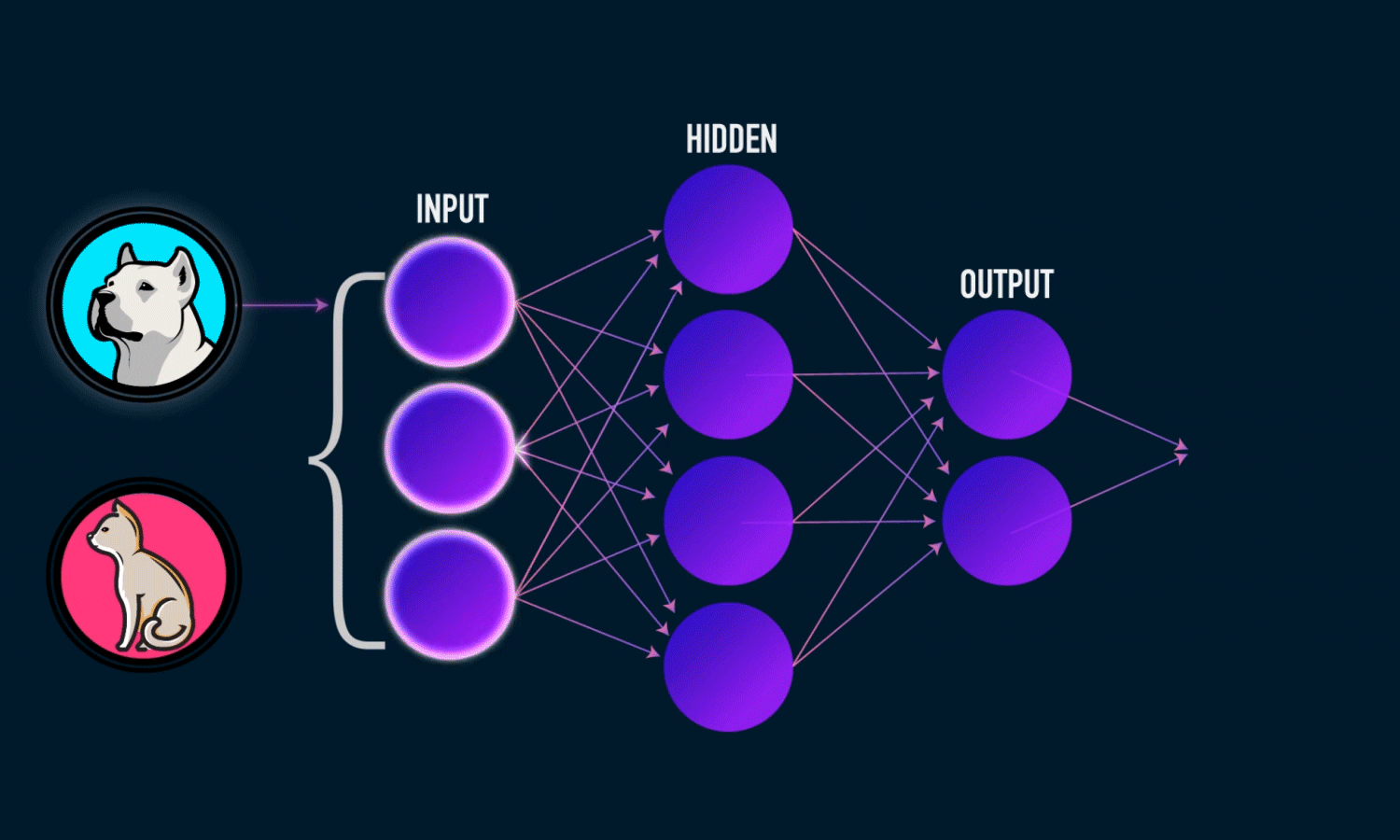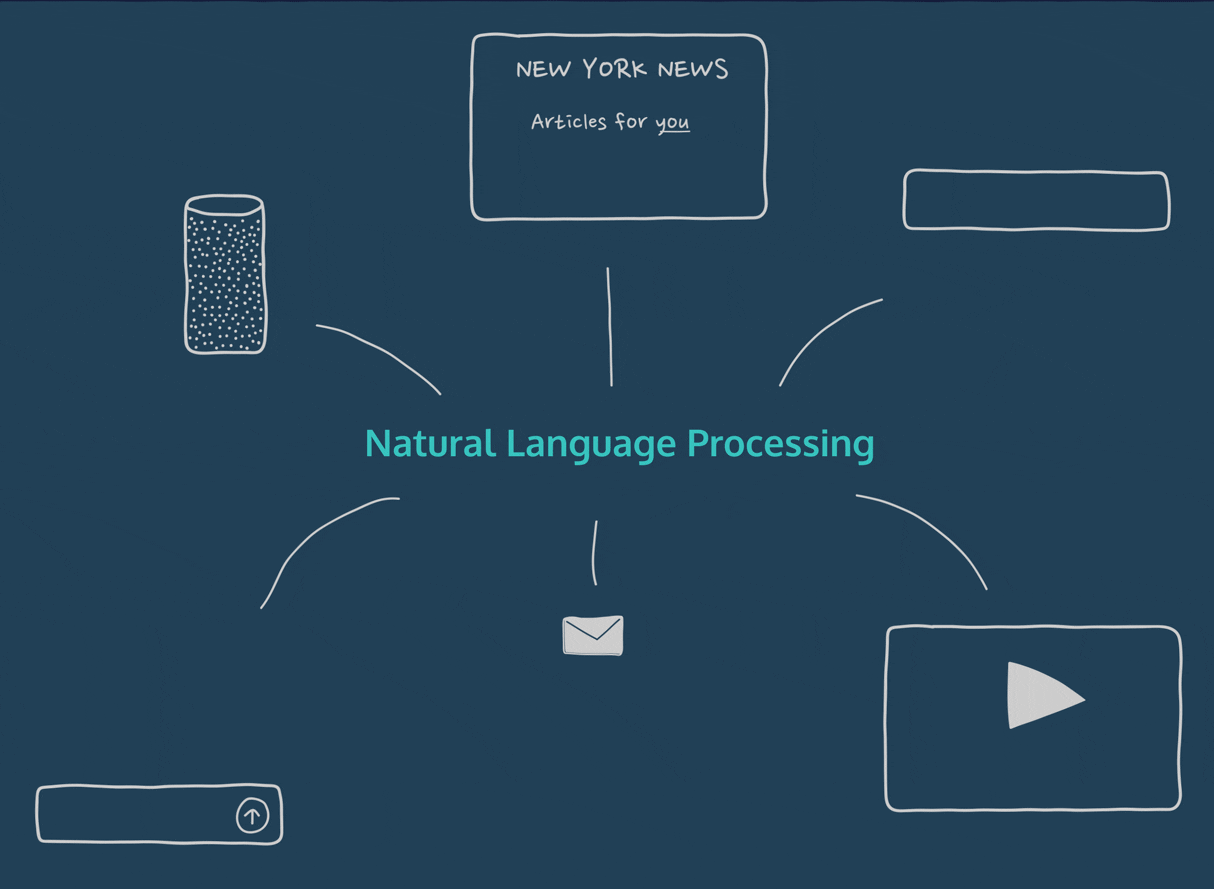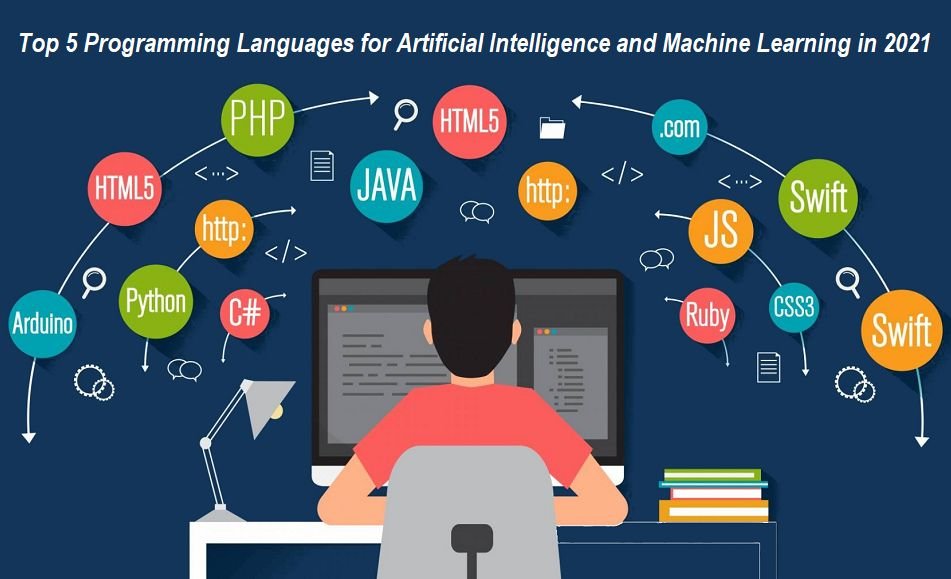Artificial Intelligence has seen exponential growth in recent years. AI is turning the way we live and work. But it cannot be easy to understand what exactly AI is. This blog post will tell you why to learn AI and why it matters for everyone!
What is AI deep learning?
Deep learning is a part of artificial intelligence and machine learning (ML) that imitates the way humans gain certain kinds of knowledge. This method has been around for several decades.
For AI, deep learning is a technique that allows artificial intelligence to learn and understand data. It works by showing an algorithm with lots of examples rather than programming it with inflexible rules, as many artificial intelligence programs have done in the past. Thus Artificial Intelligence and Machine Learning course helps to learn AI.
Why Is AI Deep Learning So Necessary?
While traditional artificial intelligence algorithms are linear, deep learning algorithms are stack in a hierarchy of increasing complexity and abstraction. Deep learning allows computers to connect concepts that they wouldn’t otherwise be able to do independently.
Artificial neural networks, algorithms get inspired by the human brain. They get trained from enormous volumes of data. The deep learning model would execute a task, modifying it each session to enhance the result, like how humans learn from experience. So, there is a need to understand AI.
How Is It Helpful For AI Specialists?
Deep learning allows artificial intelligence to identify patterns in data without human supervision. This artificial intelligence uses image recognition, which requires computers to understand concepts like color or objects and how they relate. Artificial Intelligence Course can be used to power self-driving cars and even recognize faces.
Artificial Intelligence (AI) is machine intelligence. Artificial Neural Network (ANN), Deep Learning, and Machine Learning are the most popular type of artificial intelligence at present. The ANNs algorithm creates a deep understanding of how to solve complex problems with computer data. Deep learning is a part of the artificial intelligence course. The IIT artificial intelligence Course helps to solve complex problems with data using neural networks.
Deep Learning is helpful for AI specialists working in different industries like Banking, finance, insurance, etc. It often gets used by all types of businesses and government sectors to solve problems.
Why Enroll In AI Progam At Imarticus Learning
 Imarticus learning offers the best machine learning and AI course for your data science career. They provide certification in AI and Machine Learning. This 9-month Artificial Intelligence and Machine Learning program are in collaboration with AI/ML industry experts.
Imarticus learning offers the best machine learning and AI course for your data science career. They provide certification in AI and Machine Learning. This 9-month Artificial Intelligence and Machine Learning program are in collaboration with AI/ML industry experts.
The program helps students to grasp precisely what Machine Learning and Artificial Intelligence market demands in professionals. Through 25 in-class real-world AI & ML projects, industry experts teach you crucial job-relevant skills.
Through several AI Deep Learning corporate strategies, students attain real-world Machine Learning and Deep Learning skills. The program is capable of converting a fresher into a highly prized New Age AI and ML Specialist. For further details on the course, contact us through the Live chat support system. You can visit our training centers in Mumbai, Thane, Pune, Chennai, Bengaluru, Hyderabad, Delhi Gurgaon, and Ahmedabad.






 In this article, we will dive deep into the different types of programming languages available along with their details to help you select the right one for you.
In this article, we will dive deep into the different types of programming languages available along with their details to help you select the right one for you.
 Since the internet-based virtual meetings are not going to disappear anytime soon, more changes in the working are expected. With each change, there is more to learn which naturally increases the importance of Machine learning and AI.
Since the internet-based virtual meetings are not going to disappear anytime soon, more changes in the working are expected. With each change, there is more to learn which naturally increases the importance of Machine learning and AI.
